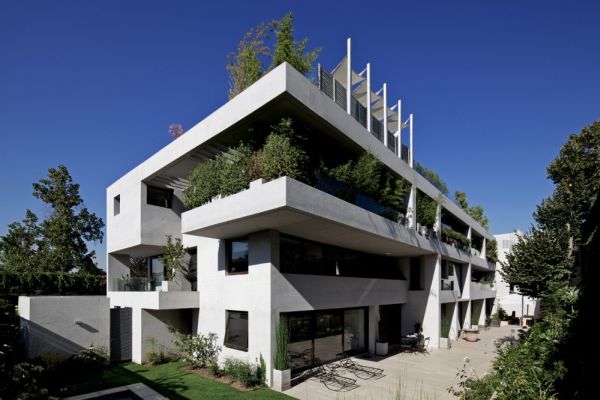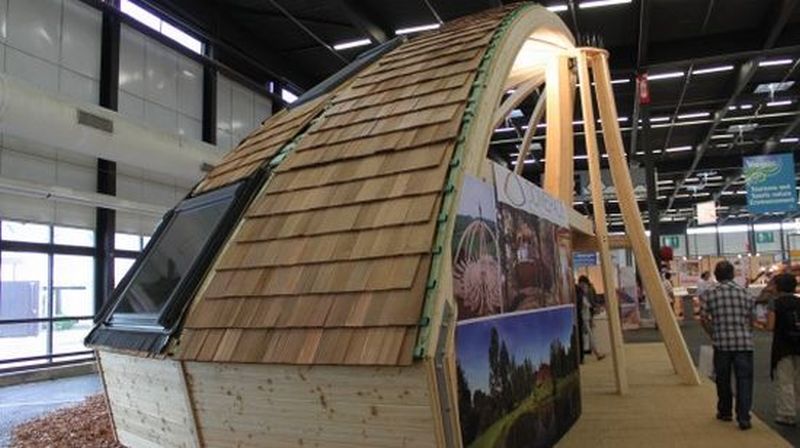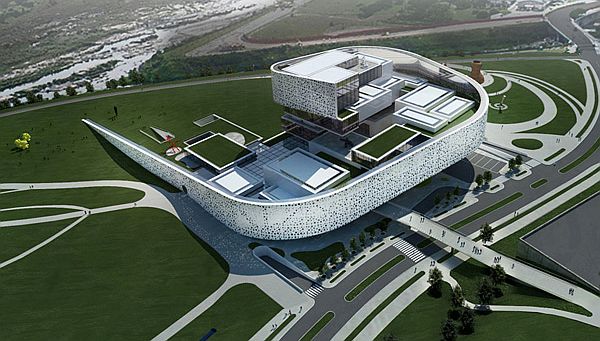Modern architecture has taken on new dimensions with designers and engineers seeking to build structures that are self-sustaining. While all may not be able to incorporate everything needed for a truly self-sustainable building, even small changes can greatly help reduce the carbon footprint of a structure. Ignacia Apartments, designed by Gonzalo Mardones Viviani, is a collection of four buildings with two in each sector. The apartments are designed to facilitate entry of natural light and air, minimizing the need for power-hungry heating units and coolers, as well as cleverly making use of space.

Each apartment consists of three floors with a fourth set back to house a terrace and swimming pool. A habitable underground façade provides for extra living space and gives occupants a completely different view of the world outside. Dividing walls make for an interesting designing element to create panoramic views and more rooms.
None of the four apartments are designed identically in order to cater specifically to the needs of the occupants. This means that the Ignacia apartments don’t needlessly waste space. The straight lines, both vertical and horizontal, provide for the entry of natural air and light while also insulating occupants when needed. Solar panels on the rooftops generate power to supplement the energy requirements of the buildings and their occupants.
What is immediately noticeable are the white walls which are deliberately painted so to reflect light, reducing the need for too many artificial light sources. The intelligently designed apartments feature interiors measuring just between 400-500 square meters. The land area uses just 2,670 sq meters of space which is admirable considering what the architects have managed to accomplish.
Gonzalo Mardones Viviani has other innovative projects under its belt including the 18th Fire Station at Vitacura in Santiago, Police Museum in Chile and 34 houses as part of a housing development project in Santiago.
Via: Archdaily




